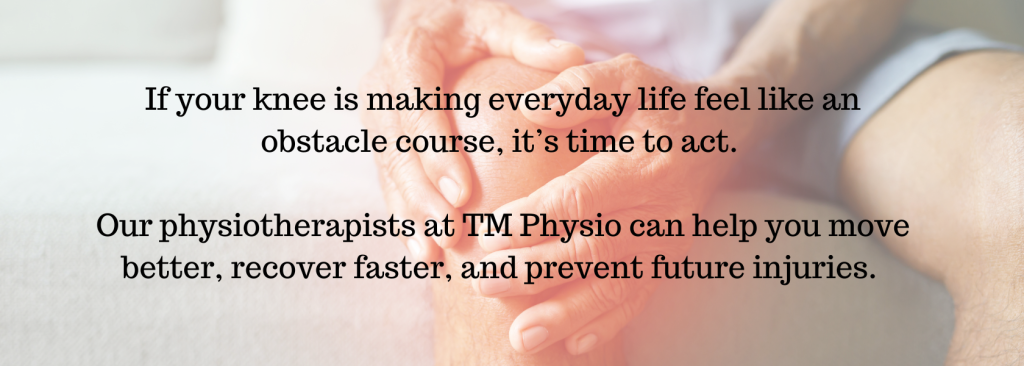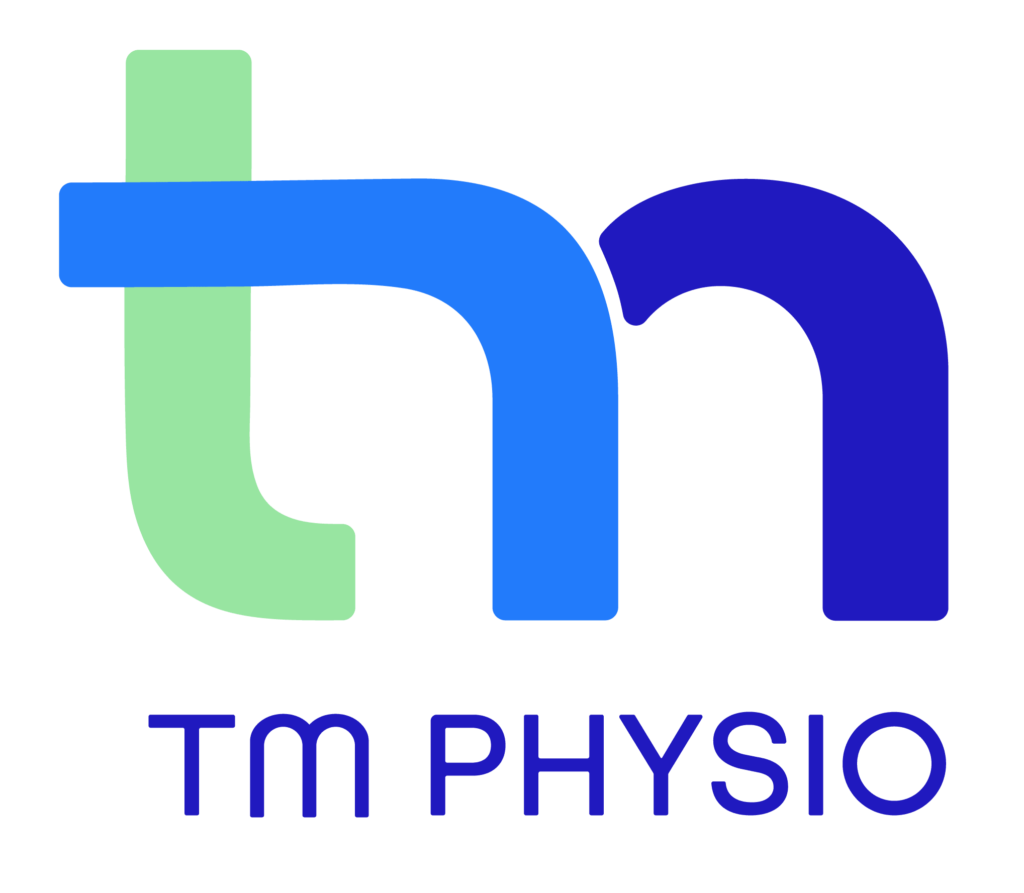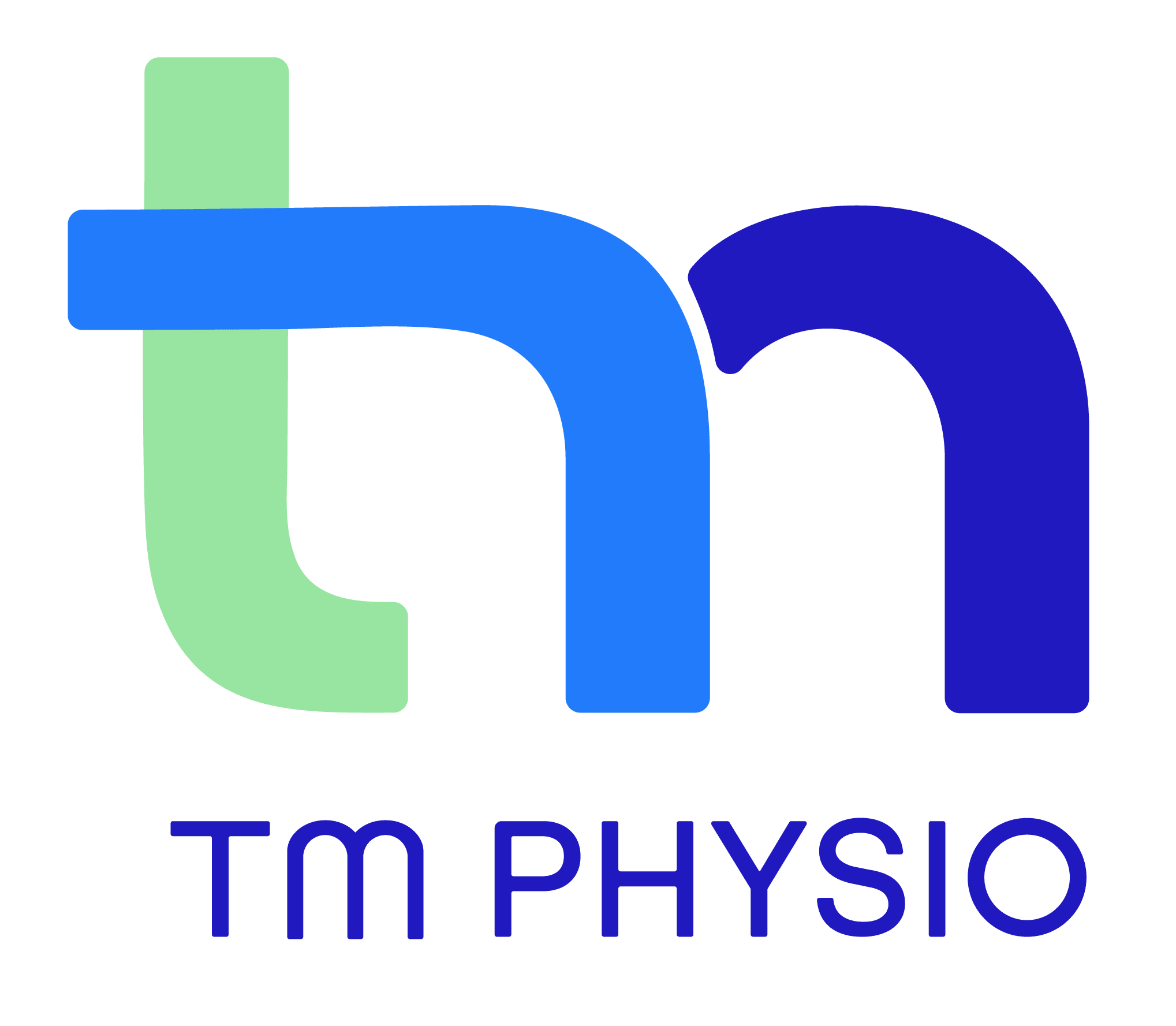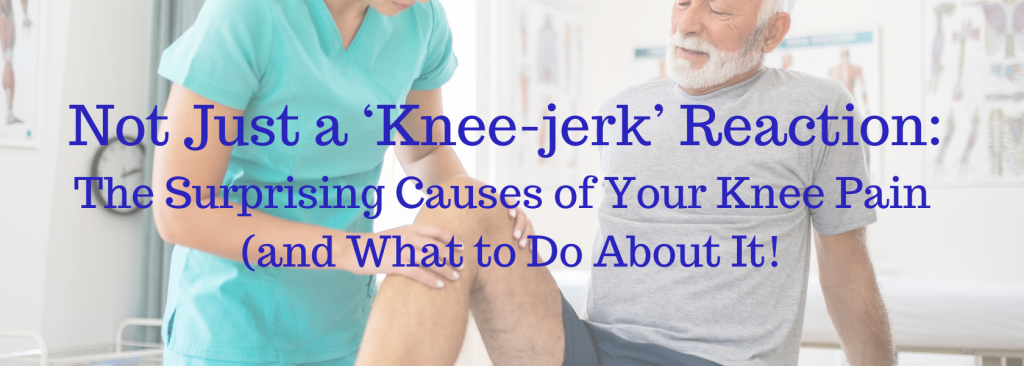Knee pain isn’t just an issue for athletes or those who forgot they’re not 18 anymore. It can affect anyone and make simple tasks—like walking, squatting, or getting off the sofa—feel like an extreme sport. The location of your pain gives a big clue about what’s causing it, with four main hotspots: anterior (front), posterior (back), medial (inside), and lateral (outside).
If your knee has been complaining more than usual, read on—right after you call us on 6282 5898 to book an appointment at TMPhysio.
The Four Pain Points (and What to Do About It?)
Anterior (Front) Knee Pain
If your kneecap feels like it’s protesting every movement, you might have patellofemoral pain syndrome (a.k.a. “runner’s knee”). This happens when the kneecap doesn’t track properly over the femur, making stairs and squats a struggle. Another culprit? Patellar tendinitis—inflammation of the tendon connecting your kneecap to your shinbone, often from overuse.
What to do about it? Strengthening your quads and improving knee alignment with physiotherapy can help. In the meantime, ice and proper footwear can reduce strain and discomfort.
Posterior (Back) Knee Pain
Pain at the back of the knee could be a hamstring strain (too much enthusiasm at the gym?) or a Baker’s cyst—a fluid-filled lump that makes bending the knee uncomfortable. The cyst is often linked to arthritis or a meniscal tear.
What to do about it? Rest and gentle stretching can ease a hamstring strain, while physiotherapy can help reduce swelling and improve joint function if a Baker’s cyst is the culprit.
Medial (Inside) Knee Pain
Pain on the inside of the knee is often due to an MCL injury (from a sideways blow or a dodgy twist), a meniscus tear (pivoting like a pro… or trying to), or arthritis wearing down the cartilage.
What to do about it? If it’s an MCL sprain, supporting your knee with bracing and targeted strengthening can help. For meniscus tears or arthritis, manual therapy and controlled exercises can improve mobility and reduce pain.
Lateral (Outside) Knee Pain
If the outer knee is nagging, iliotibial band (ITB) syndrome might be the troublemaker—especially if running downhill makes you wince. The IT band, a fibrous tissue running down the outer thigh, can tighten up and cause irritation. Less commonly, LCL sprains (Lateral Collateral Ligament) or even stress fractures can be the issue.
What to do about it? Loosening up the IT band with foam rolling and stretching can help, while physiotherapy can guide you back to pain-free movement.

Call us on 6282 5898 to book an appointment today! (And don’t forget to follow us on social media for more practical tips and health insights. We’re on Facebook and Instagram.
.


